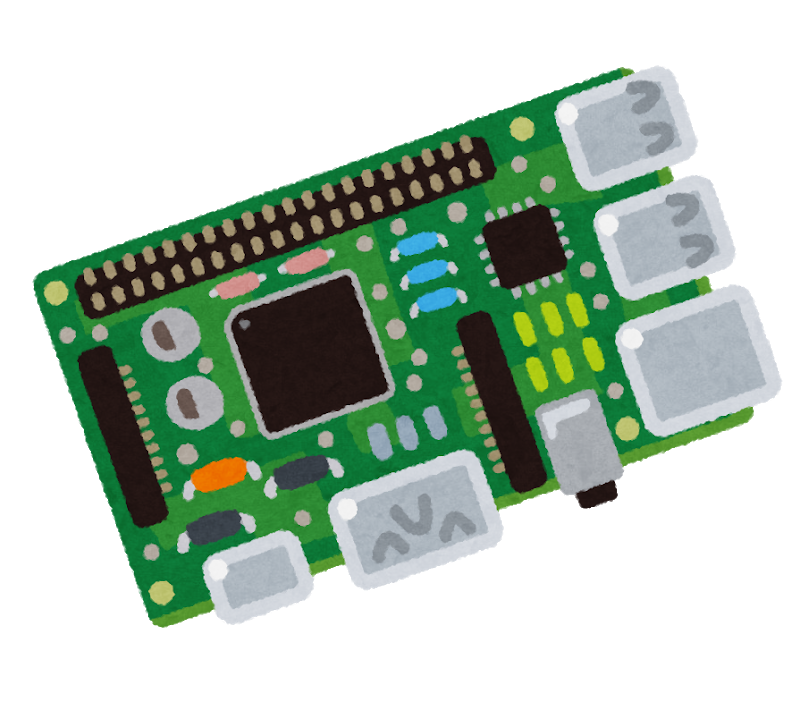Having stuff at home is awesome, but if you’re doing anything with data you care about, it’s a really good idea to have offsite backups. I’ve seen someone lose years of work because a flood killed their computer and their backups.
Sell the expensive minisforum pc, buy 3 used laptops, use https://github.com/onedr0p/cluster-template
Done! Full GitOps bare metal Talos kubernetes cluster that runs your workloads so much faster than any VM. Without hypervisor or Ansible or systemd or ssh. Just YAML manifests all the way down. Cert-manager for automatic certificate management. SOPS for local secrets management.
A few months later, you can have this:
Volsync for automated encrypted backups that automatically populate your volumes when you completely reset the entire cluster.
Rook-ceph for shared replicated storage among the nodes.
Authelia/lldap stack + Anubis botblocker to protect public-facing endpoints.
I guess I should start a blog.
That sounds neat!
I’ve always read the performance hit of a VM is pretty minimal, like 1% or less on most tasks. Is it really that much faster for you?
I’m not actually sure because I haven’t measured it. But I’ve read that while CPU and memory overhead is small, disk IO is much faster without virtualization.
It could be depending on the underlying filesystem and how it’s set up, I’ve run into that before.
But my self hosted stuff doesn’t need particularly fast disk IO, so I don’t really notice even if there is a bottleneck lol
It definitely depends. If you use qcow2 files for your disks, they’re a copy-on-write format, which is slower than most file systems inherently. If the host system is also a copy-on-write file system, then it doubles your writes outright.
If you’re using raw disks/partitions, there is minimal overhead that usually comes down to usually miniscule driver differences. Although depending on what the VM platform supports, you might outright lose snapshot/restore support.
Yeah I’m running ZFS with raw disks, and most things are in containers anyways, just a few VMs for Windows or stuff that doesn’t like containers.
This seems super cool. I’ll have to look into this more later and see how I could use this with my infrastructure
I ran into the same issue when setting up encrypted Proxmox. They have a very good guide for that in their wiki, but for some reason I rebooted before setting up the bridge and couldn’t get it back up until figuring it out.
https://pve.proxmox.com/wiki/Install_Proxmox_VE_on_Debian_12_Bookworm




